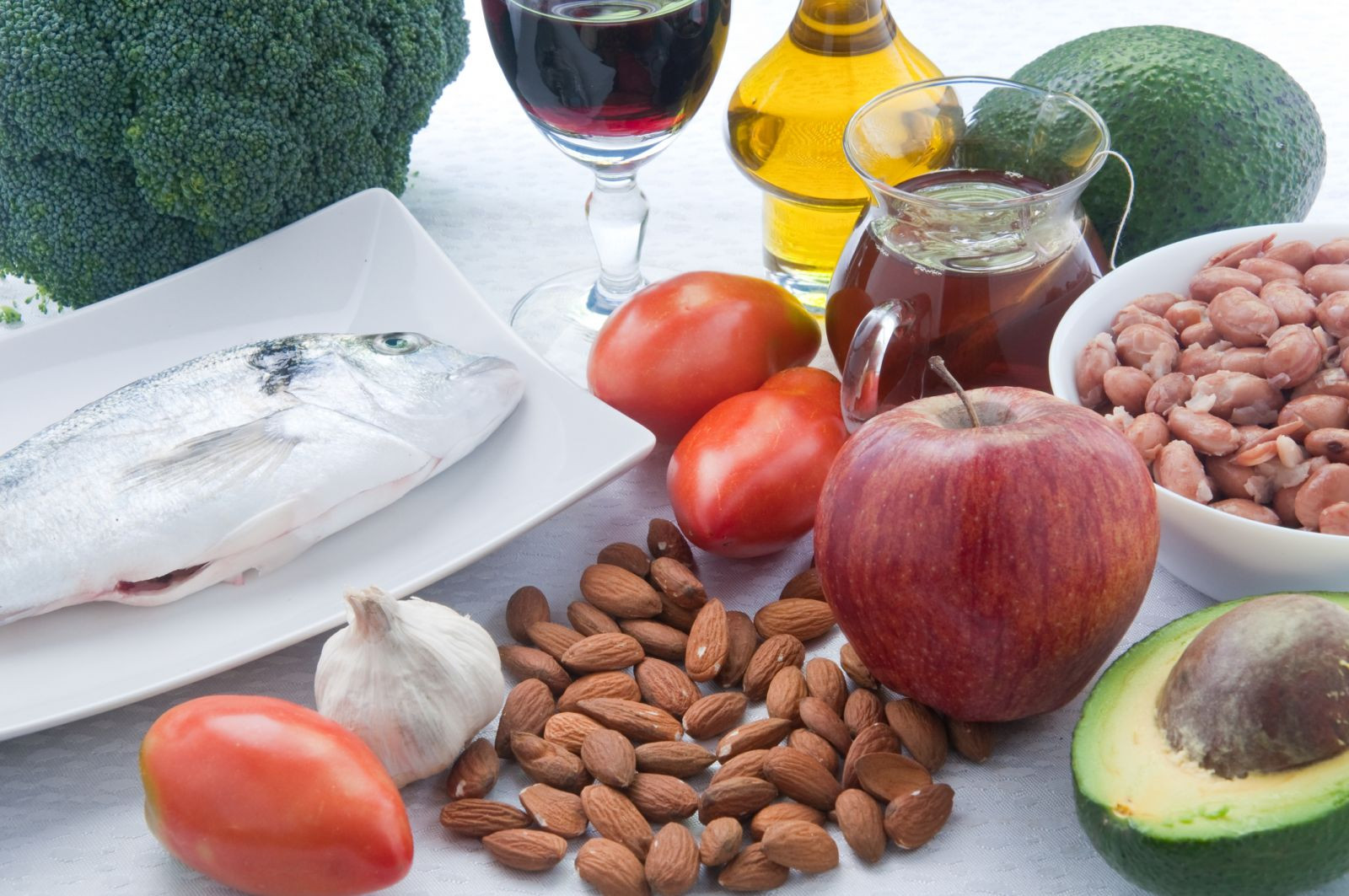
There are many misconceptions about food, but these are mostly untrue. Registered dietitians will share some of the most common myths about food. Find out the truth about what foods you eat. These are common myths, facts, and misconceptions about food. You'll feel great eating and healthy by following these guidelines. There is no "right" way of eating.
First, sugary foods are believed to make you fat. It's common to hear that eight glasses of water a day is good for you. While these are certainly true suggestions, they're not necessarily true. To stay healthy, you need to eat more fruits and vegetables. You should also limit the intake of processed foods as they are low in vitamins, minerals and fiber. You don't have to satisfy your sweet tooth cravings.
Many myths are associated with alcoholic beverages as well as food. Many of these myths are rooted in industry lobbyists' commercial interests. However, they are often false. Although reducing refined carbohydrates can be beneficial for your health, it is still important to eat whole grains as well as other vegetables. White potatoes are the opposite. They are actually healthy! They are high in potassium and fiber, which can help reduce your risk of developing heart disease.
Despite widespread food insecurity, many myths surround the topic. According to FeedingAmerica, the largest domestic hunger relief organization, 42 million people could face food insecurity in this year. This number includes 13 million kids. By contrast, the truth is that there are many myths about food. This is why it's important to be informed about the facts. If you're interested in tackling food insecurity, consider visiting the Houston Food Bank. Learn about the real issues, and how you can help to alleviate food insecurity.
Many people believe that eight glasses of water is enough. However, this is completely false. There is not enough water in the body to compensate for the dehydration caused by drinking more than 8 glasses of liquid daily. Instead, they must drink eight glasses per day of water to achieve the recommended water intake. This is a dangerous myth since water is a naturally occurring source of essential nutrients. You should drink at least two liters of fluids each day.

Another myth surrounding food is excess fats. Although there are myths about excess fats' negative effects, it is important to eat more fruits and veggies as part of a healthy diet. These foods have higher water content than other kinds of food, so it is important that you eat them regularly. A balanced diet can help you achieve a healthy lifestyle. In addition to eating more fruits and vegetables, you should also avoid eating fats that are associated with high cholesterol and high-fat content.
Many secondary school teachers also believe that eating too much food is bad for you. This is simply not true. A number of studies have shown that one to two servings per day of vegetables or fruit is healthy for our health. A regular intake of fruits and vegetables can provide many health benefits. A serving of fresh fruit and vegetables is an excellent source of vitamin A. People believe that purple potatoes have more nutrients than normal potatoes. Activated Charcoal is not a superfood.
Another common myth is that eating one apple per day will prevent you from getting cancer. This myth may sound good, but it is not true. Many other vegetables and fruits also contain significant amounts of flavonoids and antioxidants. These compounds have been shown to improve heart health. Red wine is safe for your health. It can actually enhance your overall wellbeing.

Although this myth has no scientific support, it is important to keep in mind that small amounts of fiber can cause GI issues like gas or bloating. Fiber isn't toxic. It's best to start small and gradually increase your intake. It may seem true that you can lose weight by eating five meals per day, but eating three to four meals per day is healthier and will keep your stomach fuller for longer.
FAQ
What's the best way to keep leftovers safe?
Tupperware containers are great for storing leftovers. These containers keep food fresh and prevent odors forming. They also keep foods warm for longer. You can freeze leftover food in freezer bags. For food that you are freezing, make sure to place it inside another freezer bag. Once the food has frozen, you can transfer it to an airtight container like a zipper lock bag.
Are there any ingredients I can buy to cook?
There is no need to purchase all the ingredients. Many grocery stores have premade sauces and other products that you can substitute for. If you are looking to save money, premade meals may be a good option.
What are my options for learning about cooking?
All over the country, cooking classes are offered. You can find courses in baking, pastry and wine tasting at many schools. You can learn more about how to cook by enrolling in a class at either a local vocational school or community college.
What are some basic cooking skills?
Basic cooking skills include the ability to read recipes and measure ingredients. You need to master these skills if you want to cook for your own meals. Cooking is also a great way to save money since you don't have to eat out all the time.
How Long Does It Take to Be a Chef? What's the average career path for a chef?
A chef's career takes about five years. In this period, you will learn basic cooking skills and experience as a kitchen assistant. When you finish your training, you can apply for positions as a line cook, sous chef, or executive chef. A chef can earn between $25,000 and $60,000 annually.
What is the cost of a culinary school?
The cost of a culinary school depends on where you are, how much you study, and what program or course you choose. Tuition costs range from $10,000 to $30,000. The majority of students graduate with around $20,000 in student debt. Some programs offer scholarships, grants, or work-study opportunities.
Is there any difference between a chef or a cook.
A chef prepares food for other people. A cook prepares food for his or her own consumption. While both jobs involve the preparation of food, a chef interacts directly with his customers. This may mean that they might have to choose what to cook for guests depending on their preferences. The cook doesn't have to interact with customers. He or she makes sure that the food is delicious before serving it.
Statistics
- According to the BLS, chefs earn $58,740 a year. (learnhowtobecome.org)
- The median pay for a chef or head cook is $53,380 per year or $25.66/hour, according to the U.S. Bureau of Labor Statistics (BLS). (learnhowtobecome.org)
- In the United States, the category is estimated at $23.2 billion annually and is growing faster than the market. (washingtonpost.com)
External Links
How To
How to make a perfect omelet
Omelets have always been a favourite food to eat for breakfast. But how do you create them perfectly? I have tried many different recipes and methods, but none of them work. Today, I'd like to share some tips with you in order to make delicious and fluffy omelets every day.
We should first know that eggs are very temperamental ingredients when making omelets. The eggs must be fresh from an organic source and kept at room temperature until they are ready to be cooked. The yolks and whites will not form properly if they aren't kept cold enough. This will make your omelets appear strangely colored. It is best to use room-temperature eggs if you are going to cook them right away.
You can also separate the egg before you add it to the pan. The yolk and white should not be mixed together as this can cause the omelet's curdle.
You could end up burning the bottom half of the egg if the egg is added directly to the heat source. Instead, heat the egg in a microwave for 10 seconds and then place it in a pan. The microwave heat will cook the egg just right without making it too hot.
Next, let's discuss mixing the eggs. Mixing eggs together is important. You need to beat them well. You need to turn the bowl of the mixer upside down. Next, shake the bowl vigorously. The egg will be thoroughly mixed in the bowl as the air is whipped.
The fun part begins - you need to pour the milk into your mixture. Mix half of the milk with the eggs. Then fold the eggs in half into the remaining milk. Do not be alarmed if there are still egg streaks visible. Once the omelet flips, these streaks will disappear.
After you have folded the eggs, heat the oil in a pan over medium heat. Once the oil has started to sizzle, turn the heat down to low. Once the oil starts getting hot, add 1/4 cup of butter to the pan and swirl it around to coat the entire surface of the pan. Next, carefully open the lid and sprinkle salt into your pan. A pinch of salt will prevent your omelet from sticking in the pan.
Cover the pan once the omelet is formed and allow it to cool completely. Flip the omelet over using a spatula or flip the pan upside down. Cook the opposite side for another minute. Take out the omelet and place it in a bowl.
This recipe works best with whole milk, but skimmed milk also works.